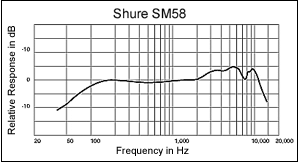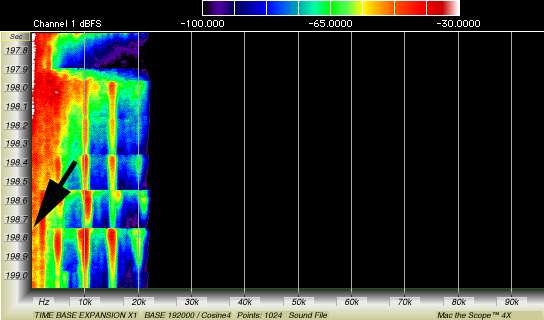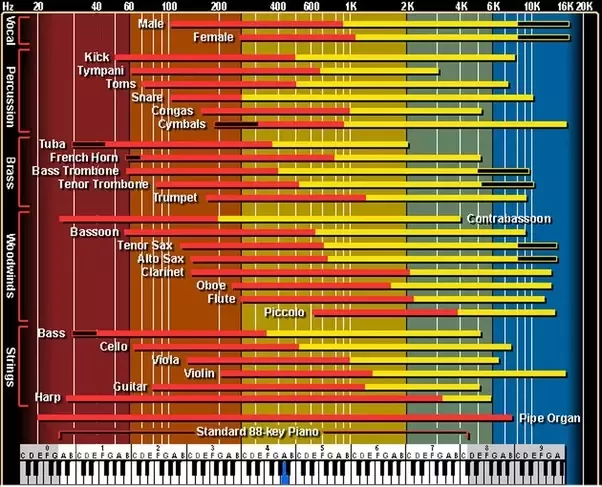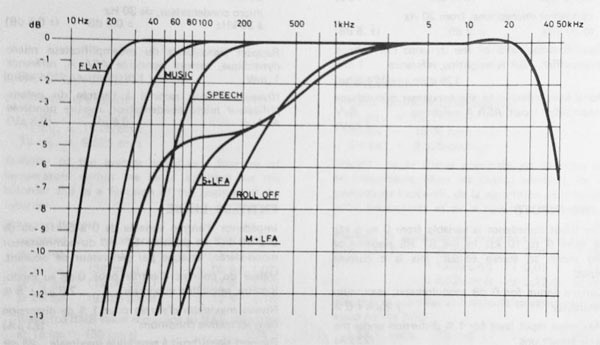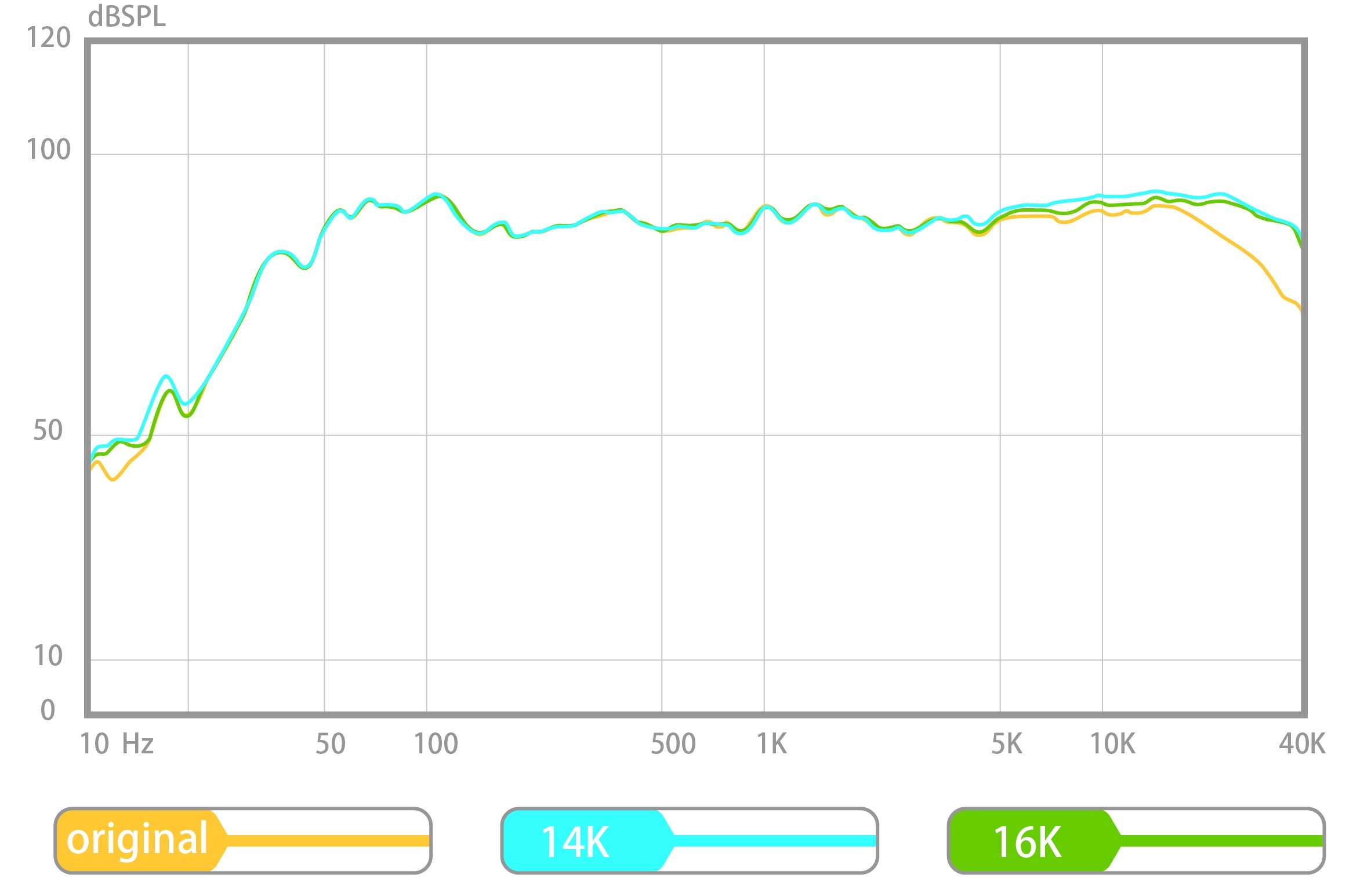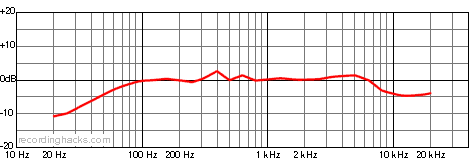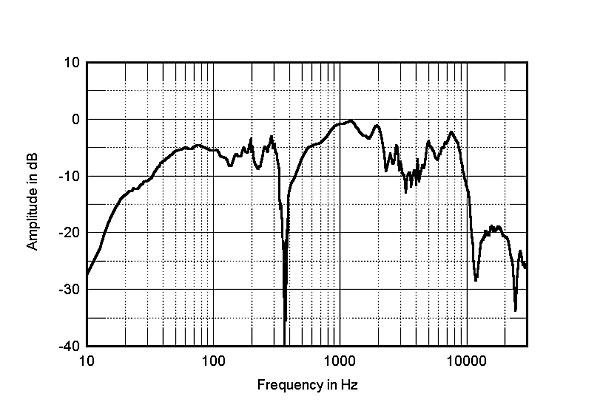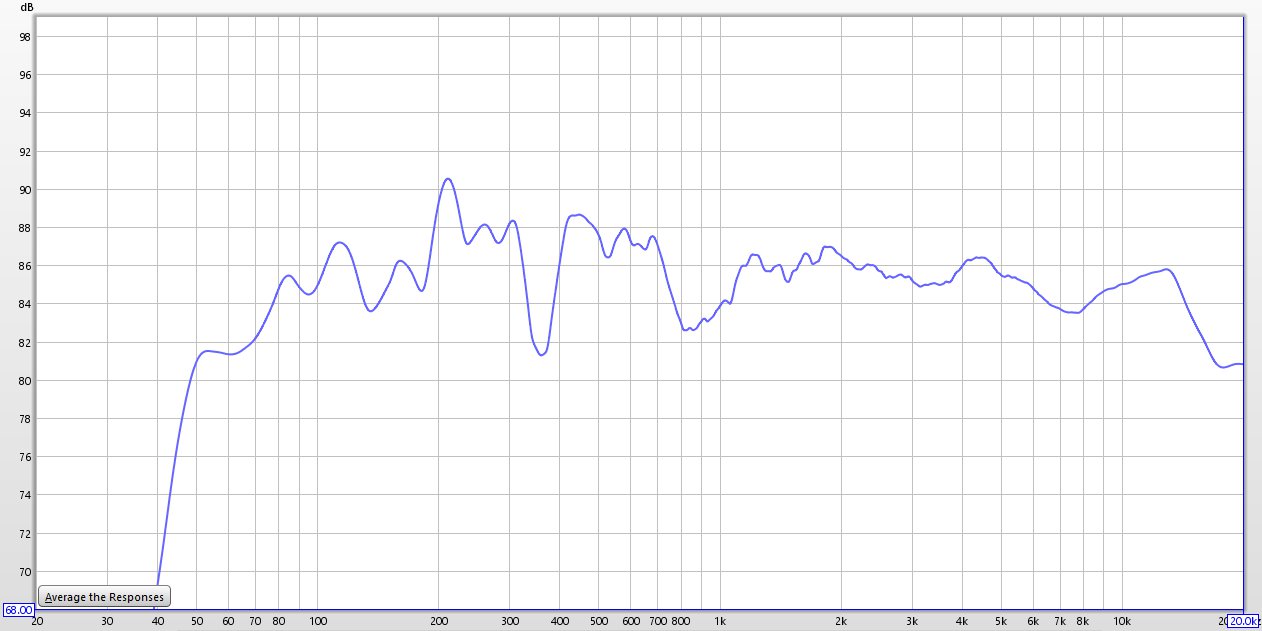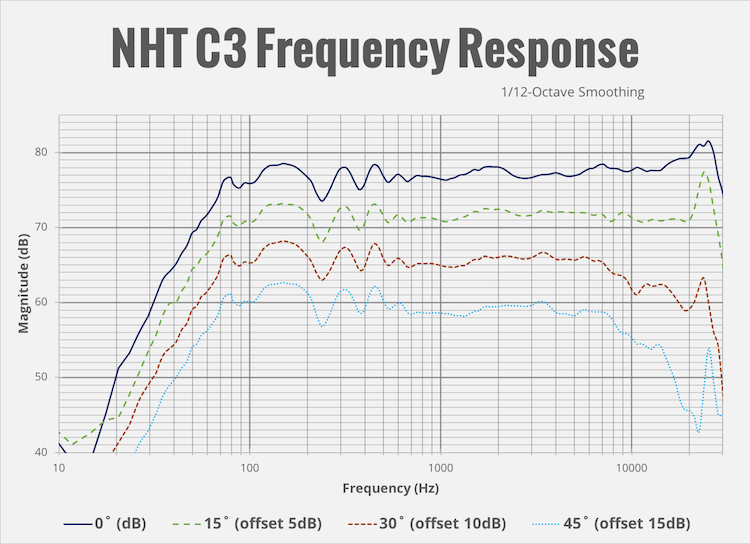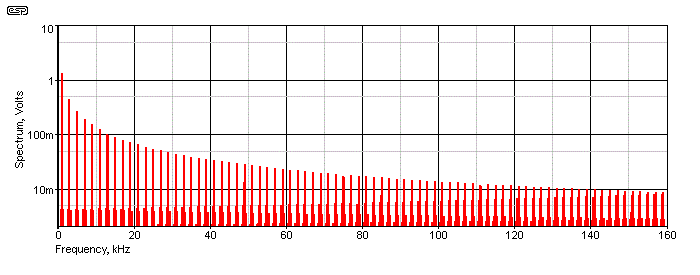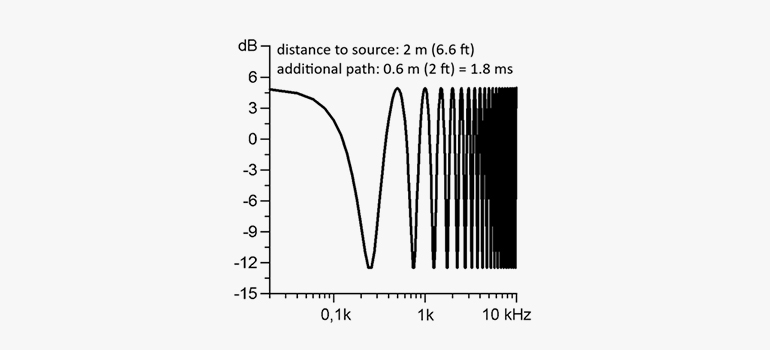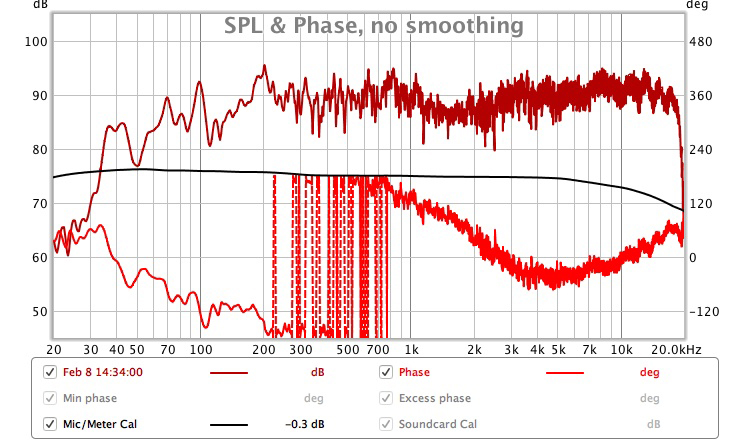Frequency Response Limit Vinyl

Sales of vinyl records have been soaring although they still represent only a tiny fraction of the music industry s revenues.
Frequency response limit vinyl. The recording tracking ability of vinyl is easily at least 50 khz depending upon the cartridge and stylus profile and perhaps as high as 100 khz. But we have the physical limit how deep the needle can cut and the the noise that is created when the styus scratches along the grooves of the record. There is no hard limit upper frequency limit like that with vinyl in theory. The low frequency response of vinyl records is restricted by rumble noise described above as well as the physical and electrical characteristics of the entire pickup arm.
The lp from long playing or long play is an analog sound storage medium a phonograph record format characterized by a speed of 33 1 3 rpm a 12 or 10 inch 30 or 25 cm diameter and use of the microgroove groove specification introduced by columbia in 1948 it was soon adopted as a new standard by the entire record industry. The most notable proof of this is the cd4 quadraphonic system which relied on a 45 khz bandwidth to be accurately reproduced. I stand by this. Unlike the audio cd vinyl records and cassettes do not require anti aliasing filters.
The vinyl cut can transport frequencys from 10 to 25000 hz. Unlike cd vinyl has no inherent high frequency limit in theory the cd format has a hard limit in that only frequencies below 22 05 khz can be encoded. The frequency response for a conventional lp player might be 20 hz 20 khz 3 db. A roll off corner frequency at 50 khz also can be discerned in the above graph of the 192 khz version of the test recording.
Vinyl is back no doubt about it. 2012 12 05 00 12 48 by mzil. Also the vinyl cutting lathe used in vinyl mastering usually used a 50 khz 6 db octave lowpass filter to limit the cutter amplifier power at ultrasonic frequencies. This is not the case with vinyl.
Apart from a few relatively minor refinements and the.




